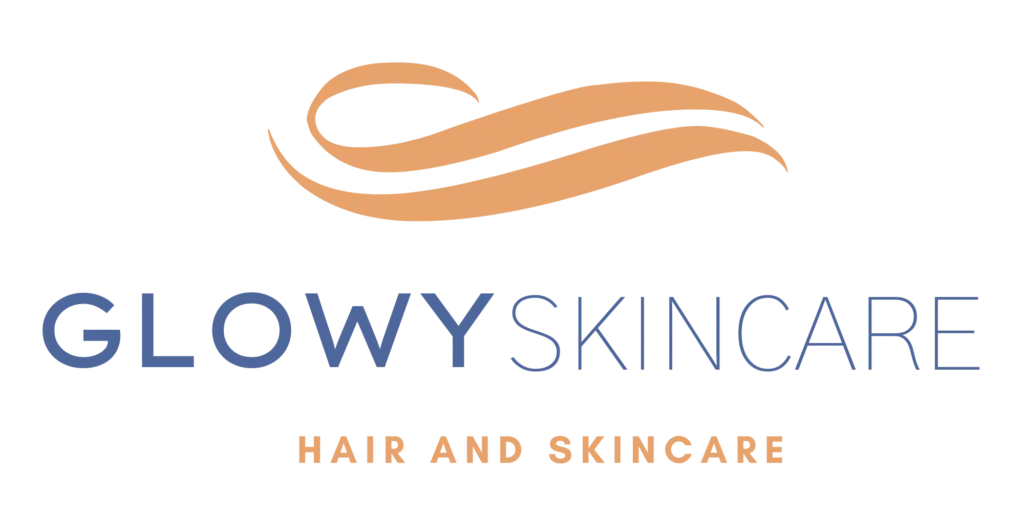Uncategorized
Effective Treatment and Management of Blind Pimples
Blind pimples are stubborn and often painful blemishes that can be challenging to deal with. In this comprehensive guide, we’ll explore various treatment options and strategies for managing blind pimples, including those on the forehead, addressing infections, understanding causes, and safe methods for popping them.
1. Introduction to Blind Pimples
Blind pimples, also known as cystic acne or nodules, are deep-seated, inflamed acne lesions that form beneath the skin’s surface. Unlike regular pimples, they do not have a visible head, making them difficult to treat and often more painful.
2. Treatment Options for Blind Pimples
Several treatment options are available for managing blind pimples, including topical treatments, oral medications, and professional procedures like cortisone injections or drainage by a dermatologist. Over-the-counter products containing ingredients like benzoyl peroxide, salicylic acid, or tea tree oil can help reduce inflammation and unclog pores.
3. Dealing with Blind Pimples on the Forehead
Blind pimples on the forehead can be particularly bothersome due to their visibility and potential discomfort. To address them effectively, gentle cleansing with a non-comedogenic cleanser and the application of spot treatments containing benzoyl peroxide or salicylic acid can help reduce inflammation and promote healing.
4. Understanding Infections Associated with Blind Pimples
In some cases, blind pimples can become infected, leading to increased pain, redness, and swelling. It’s essential to avoid picking or squeezing blind pimples to prevent introducing bacteria and causing further inflammation. If an infection occurs, seek medical attention promptly for proper evaluation and treatment.
5. Exploring Blind Zits: What They Are and How to Handle Them
Blind zits are another term for blind pimples and refer to the deep, painful bumps that form beneath the skin’s surface. To handle them effectively, focus on reducing inflammation with warm compresses, gentle exfoliation, and targeted spot treatments.
6. Common Causes of Blind Pimples
Blind pimples can develop due to various factors, including hormonal fluctuations, excess oil production, bacteria buildup, and genetic predisposition. Identifying and addressing the underlying causes can help prevent future breakouts and manage existing ones more effectively.
7. Safely Popping a Blind Pimple
While it’s generally not recommended to pop blind pimples, some people may choose to do so under certain circumstances. If you decide to pop a blind pimple, ensure that your hands and the affected area are clean, use a sterile needle to create a small opening, and gently apply pressure to extract the contents. Follow up with antiseptic and a spot treatment to reduce the risk of infection and promote healing.
8. Conclusion
Blind pimples can be a source of frustration and discomfort, but with the right treatment and management strategies, you can effectively reduce their impact on your skin. Remember to be patient and consistent with your skincare routine, and seek professional help if needed to ensure optimal results.
